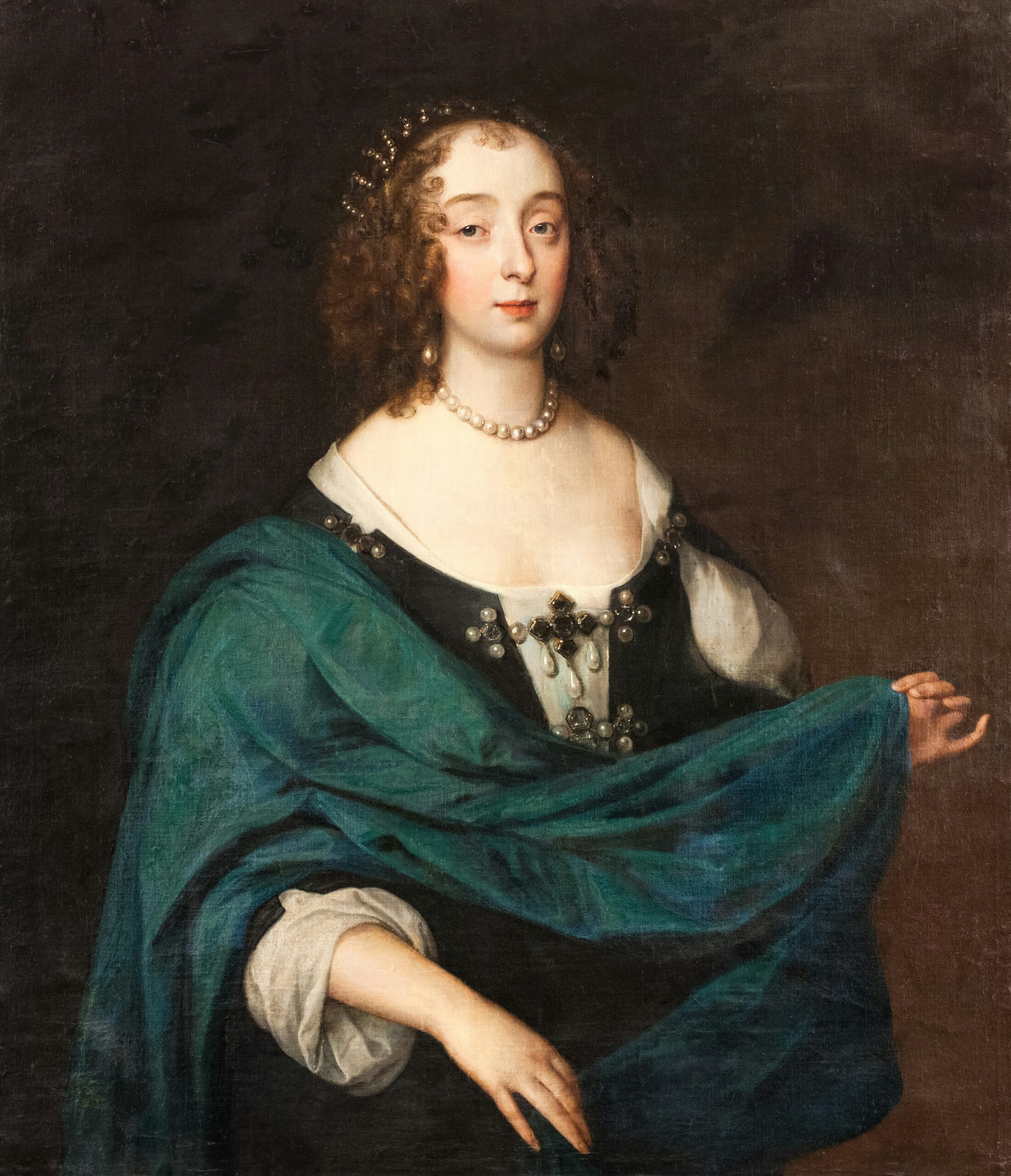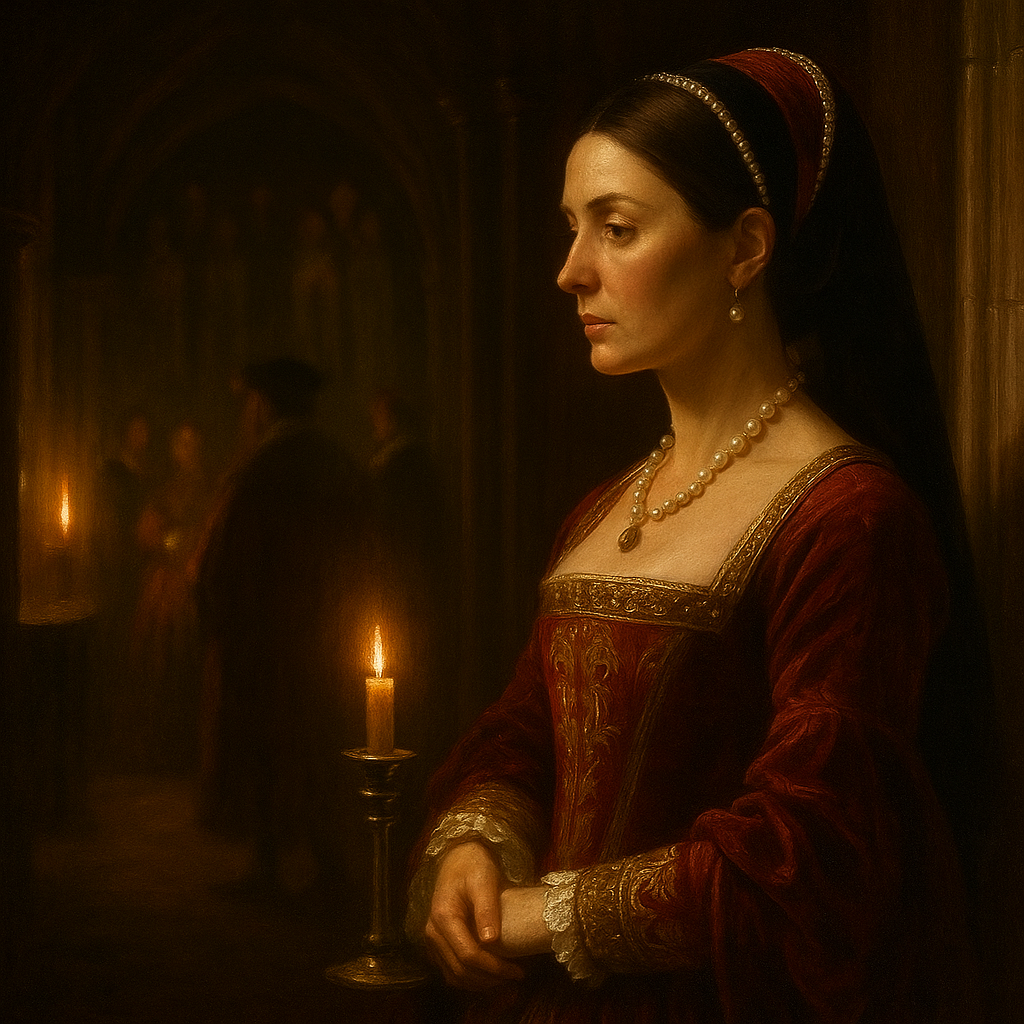The most controversial queen in history is a phrase often pinned to Marie Antoinette, a teenage archduchess turned French queen whose life became a lightning rod for envy, fury, and myth-making. In the decades bracketing the French Revolution, she was accused of heartless privilege (“let them eat cake”), ruinous luxury (“Madame Déficit”), sexual depravity (the pornographic libelles), and treason (the “Austrian woman” sharing secrets with Vienna). Her death by guillotine transformed her from a living scandal into a permanent symbol—either of a corrupt ancien régime or of a misunderstood woman crushed between dynastic politics and mass upheaval.
With a landmark exhibition in London inviting a second look at her wardrobe, image-making, and political theater, it’s the right time to interrogate why she became the most controversial queen in history—and which charges were earned, exaggerated, or entirely invented. Below, we unpack nine core myths and realities that shaped her rise, fall, and relentless afterlife.
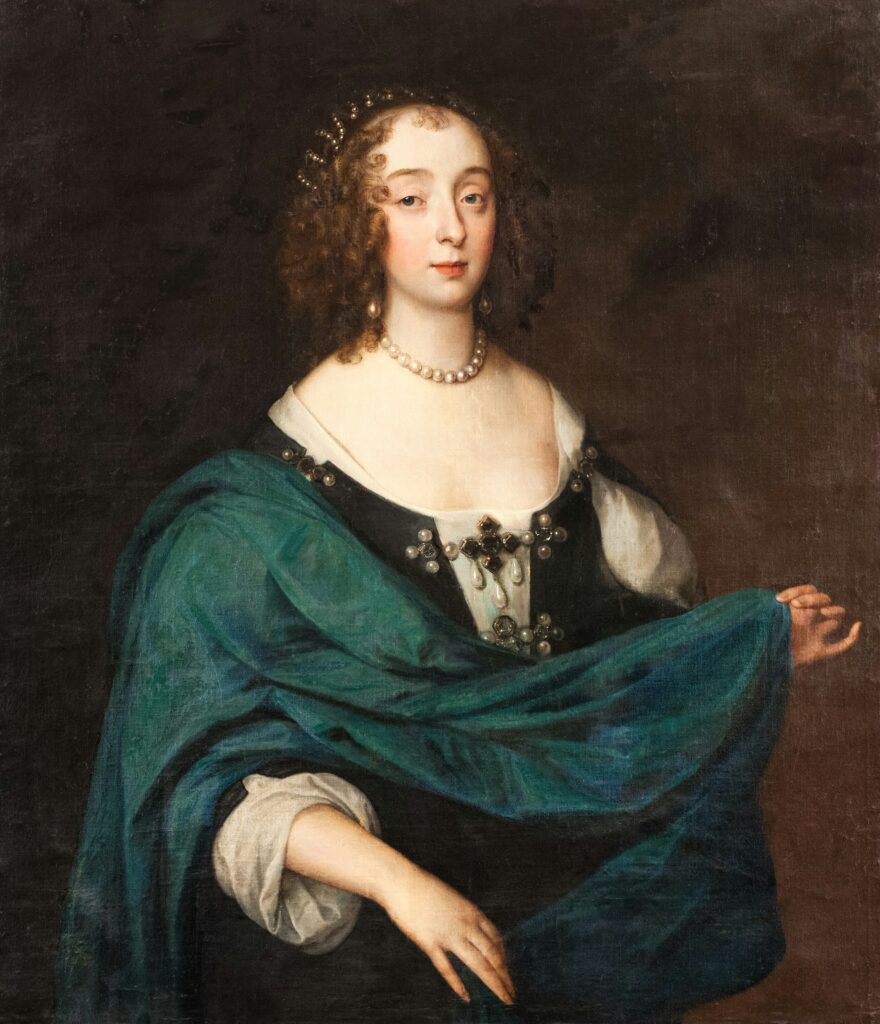
1) “Let them eat cake”: the myth that crowned a villain
No line did more to cement Marie Antoinette’s reputation than the infamous “let them eat cake” (or, more precisely, “let them eat brioche”). It painted the queen as a woman so cocooned in privilege she suggested pastry as a solution to bread hunger. The problem? The quip predates her presence in France and appears in Rousseau’s Confessions as a rumor about “a great princess,” written when Marie Antoinette was still a child in Vienna. Yet pamphleteers and later polemicists retrofitted the line onto her persona because it fit the story they wanted to tell: a foreign queen who neither knew nor cared how most French people lived.
Verdict: A sticky myth, not a confession. Its survival says more about the power of a good line than the facts of her life—and it helped position her as the most controversial queen in history, a stand-in for every insult ever hurled at court privilege.
2) “Madame Déficit”: was she really bankrupting France?
By the 1780s, France was buckling under debts from wars (especially support for the American Revolution) layered atop structural tax inequities and a sluggish fiscal apparatus. Marie Antoinette did spend on clothes, jewels, and spectacle—she was a queen in a system that demanded it—but her budgets were a rounding error next to wartime costs and chronic revenue failures. “Madame Déficit” made for a devastating slogan because it attached a national crisis to a single visible person. Court spending was real; state bankruptcy was bigger.
Verdict: She was a visible spender in a performative court, but not the primary cause of France’s fiscal collapse. Still, at a time of hunger and unemployment, her glittering public face made her the perfect scapegoat—and kept her framed as the most controversial queen in history.
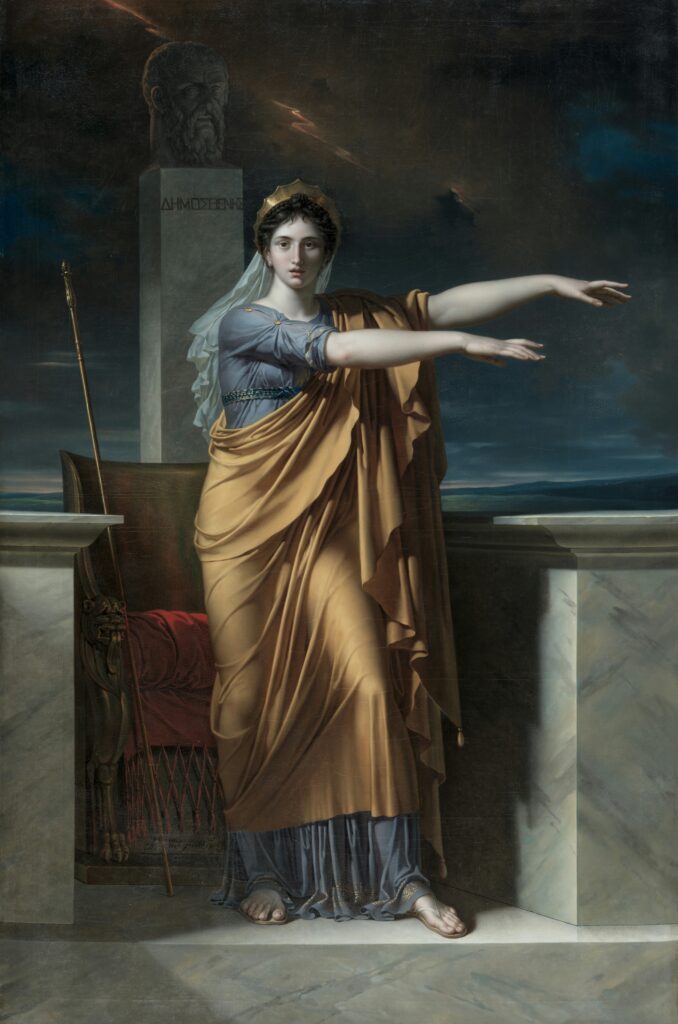
3) The Diamond Necklace Affair: found innocent, branded forever
In 1785–86, a baroque swindle unfolded in Paris. A necklace of more than 600 diamonds, once crafted for Louis XV’s mistress, was obtained by fraud and passed off with forged letters “from the queen.” Marie Antoinette never ordered the piece, and a court ultimately cleared her. But trials don’t erase headlines. To a public primed to see the monarchy as venal and wasteful, the mere image of a queen linked to a mountain of diamonds metastasized into “proof” of excess. Vindication at law could not beat condemnation in public opinion.
Verdict: Legally exonerated, politically doomed. The scandal sealed the narrative arc that kept her branded as the most controversial queen in history, regardless of the verdict.
4) Fashion as politics: why her dresses mattered more than you think
Versailles ran on theater. Royals “performed” authority through ceremony, architecture, and clothing. Marie Antoinette mastered this language—then bent it. She popularized a rustic “natural” mode (muslin chemise dresses, pastoral imagery) that horrified traditionalists, who expected queens to be walking monuments of brocade and embroidery. The 1783 portrait by Vigée Le Brun of the queen in a simple chemise, hair loose, launched a storm; it had to be replaced with a more formal likeness.
To her critics, the chemise dress trivialized monarchy; to her admirers, it made the queen modern. Either way, her wardrobe became a referendum on what a queen should be. Fashion wasn’t frivolous—it was governance by other means.
Verdict: She weaponized style, sometimes brilliantly, sometimes disastrously. In a court where silks and jewels were industry, turning away from them had economic and political costs. Dressing down in a starving country also read as tone deaf. The result: more kindling for the most controversial queen in history.
5) Foreignness and misogyny: the “Austrian woman” as permanent outsider
Born Maria Antonia, daughter of Empress Maria Theresa, she married into France at 14 to patch up Habsburg-Bourbon rivalry. She arrived as a diplomatic gift, not a homegrown princess. Frenchmen called her “l’Autrichienne,” a pun that slid into slur—Austrian/bitch. In an intensely patriarchal system, where queens had influence but no official power, a foreign-born consort who smiled, charmed, and advocated behind the scenes was especially suspect. Whisper campaigns accused her of treasonous correspondence with Vienna; some of it had kernels of truth (dynastic loyalties die hard), much of it did not.
Verdict: She never fully escaped outsider status. Gender expectations and xenophobia braided into a rope that tied her to treachery in the public mind—another reason she endures as the most controversial queen in history.
6) Sex, scandal, and the libelles: how rumor replaced truth
Eighteenth-century Paris was a factory for pamphlets—satirical, obscene, venomous. The queen starred in them as a libertine who coupled with guardsmen, ladies-in-waiting, and ministers; as a mother unfaithful to the crown; even as a predator within her own family, a monstrous slander recycled at her trial. The truth was prosaic: she was prudish by many accounts, flirtatious in courtly ways, deeply concerned with decorum, and almost certainly took only one lover, Count Axel von Fersen, late in her life. In the toxic ecosystem of pre-Revolutionary print, nuance never sold. Smut did.
Verdict: Character assassination in serial installments. Sexual rumors didn’t just titillate—they politicized the body of the queen, turning a person into a symbol that could be mutilated in prose long before the blade fell. The libelles wrote the script that made her the most controversial queen in history.
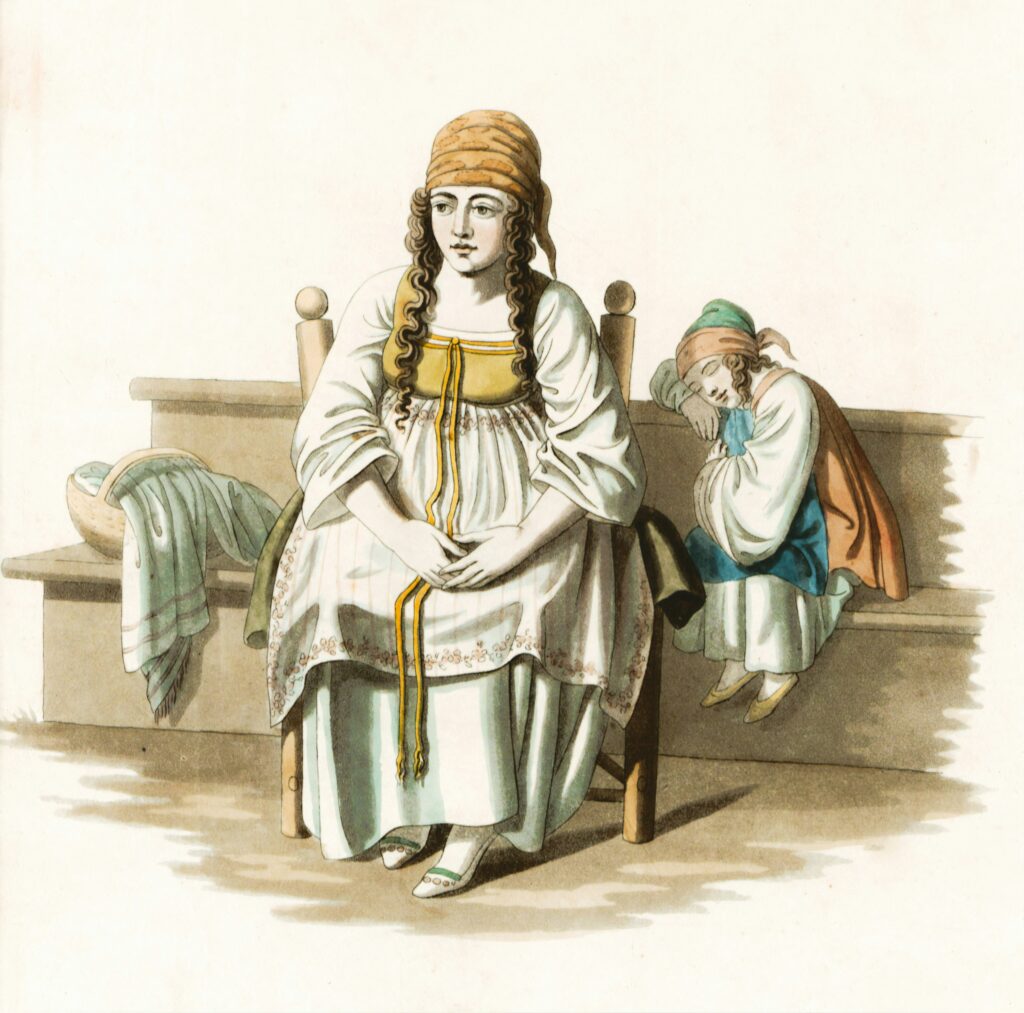
7) Motherhood and humanity: the private woman behind the mask
Royal mothers were expected to produce heirs and then recede into pageantry. Marie Antoinette leaned into motherhood as identity: closer to her children than her own mother had been to her, keen on breastfeeding and kid-friendly attire, nurturing at her retreat in the Petit Trianon. She recycled garments to servants and supported charitable causes; she took in foster children, including Jean Amilcar, a Senegalese boy she helped free. None of this erases privilege or political error—but it complicates caricature.
Verdict: A woman trying to be a mother in a system that asked for an icon. Those domestic choices weren’t enough to change the public script, but they do soften the one-dimensional portrait of the most controversial queen in history.
8) Power without office: how influence became a liability
Queens consort did not rule. Their power was informal—access, persuasion, patronage, taste. Marie Antoinette built networks of allies, wrote to her formidable mother for advice, lobbied ministers, and resisted constitutional curbs she believed would shatter the monarchy. In calmer times, that might have passed for court politics as usual. In the 1780s–90s, it read as subversion. Her interventions, filtered through misogyny and xenophobia, took on apocalyptic color: the Austrian woman steering France to catastrophe.
Verdict: She played politics in a collapsing system, and everything she did could be framed as proof of the legend. Influence was her only tool; it became Exhibit A against the most controversial queen in history.
9) Fall, trial, and the making of a martyr—or a warning
By 1789, revolution had replaced reform. The royal family’s attempted flight in 1791 confirmed suspicions of treachery. In 1792–93, as war with Austria and Prussia sharpened paranoia, Marie Antoinette’s trial erupted into a ritual humiliation. The charges blended realpolitik (correspondence, alleged conspiracies) with grotesque invention (incest). She answered the most infamous accusation with maternal dignity, appealing to all mothers in the courtroom—one of the few moments when the performative queen became simply a woman. It did not save her. On 16 October 1793, in a plain white chemise, hair cut short, she rode in an open cart to her death.
Verdict: A staged ending for a woman whose whole life had been staged—for and against her. The execution tried to finish the story, but it only began her second life: as fashion icon, tragic heroine, and cautionary tale, sustaining the brand of the most controversial queen in history.
Why she was hated: the forces that fused into a single face
Pull the camera back and the reasons for her singular unpopularity snap into place:
A court that demanded spectacle. Versailles was a machine for awe. Queens were expected to project luxury—precisely the optics that enrage a hungry public.
A collapsing fiscal state. War debt and broken taxation created permanent grievance. People needed a villain; a diamond-bright queen was perfect casting.
A foreign bride who stayed foreign. Diplomatic marriages rarely make citizens. In bad times, the passport in your blood matters more than the name in your title.
Gendered suspicion of female agency. A woman who influences men in power becomes, in the political imagination, the author of their sins.
A media ecosystem built for scandal. Pamphlets, caricatures, and gossip flowed faster than facts, turning slander into common sense.
Together, these forces braided a narrative rope around her neck long before the executioner did.

Rethinking the icon: what the exhibition lens adds
It’s tempting to dismiss displays of shoes, gowns, and portraits as froth. In Marie Antoinette’s case, they’re forensic evidence. Clothing tracked political weather; portraits negotiated authority; jewels coded alliances and patronage. The “natural” chemise wasn’t just a trend—it challenged what monarchy should look like. The towering coiffures were not mere vanity—they were stagecraft that fed an industry of hairdressers, silk-makers, and jewelers. When she “dressed down,” the silk guilds saw livelihoods threatened. Fashion was labor policy, industrial policy, cultural policy—worn.
Re-staging her wardrobe today isn’t about nostalgia; it’s about reading a primary source. The labels, the stitching, the portrait frames tell us how a queen tried to remain a person inside a role that was devouring her—and how missteps in image could cascade into political disaster.
The long shadow: a posthumous life in pop and politics
Marie Antoinette’s afterlife has been startlingly flexible. Nineteenth-century monarchists polished her into a saint of domestic virtue; republican skeptics kept her as a cautionary gargoyle. Twentieth-century designers turned her into a muse—corseted silhouettes, sugar-pastel palettes, giant panniers remixed for runways and videos. Twenty-first-century cinema leaned into candy-colored melancholy: a young woman drowning in cream puffs while a country starved. Each reinvention says as much about contemporary obsessions—celebrity, consumption, authenticity—as it does about eighteenth-century Versailles.
That mutability is the truest sign of her power as a symbol. If she were merely wicked or merely good, she would have faded. Because she is both—and neither—she remains the most controversial queen in history, the mirror in which ideologies dress themselves.
So—did she “deserve” the hate?
Marie Antoinette enjoyed advantages that shield most people from consequences. She could be careless with money and tone deaf to suffering. She made political bets that aged badly and misread how fast the world was changing. In that sense, the anger directed at her carried a moral charge: power should answer for pain.
But an honest verdict needs to distribute blame. The monarchy was a system of orchestrated excess, not a woman’s hobby. Wars and fiscal failure crushed France long before the queen’s hair reached a foot high. Misogyny and xenophobia poisoned debate. A propaganda market thrived on filth. In the dock of history, Marie Antoinette is both defendant and exhibit—proof of a broken order and a person broken by it.
Hate simplifies. History complicates. The more we learn, the less “cake” and “diamonds” can do the work of explanation, and the more we see a young foreigner pushed into an impossible role, improvising with fashion and charm, then buried under the avalanche those very tools helped loosen.
The takeaway for readers (and for now)
If you’re writing, teaching, or programming around Marie Antoinette, aim to do what the best curators and historians do: put the myth where it belongs—on the label, not on the woman. Anchor the story in structures (finance, law, gender, diplomacy) and in artifacts (portraits, garments, letters). Then let her be complicated: a mother, a mediator, a spendthrift, a scapegoat, a survivor until she wasn’t.
That’s the price of trading caricature for clarity—and the only honest way to write about the most controversial queen in history.
Exhibition (dates, scope, curatorial framing)
- V&A — official exhibition page, dates (20 Sep 2025–22 Mar 2026), overview and booking. Victoria and Albert Museum
- V&A — feature article about the show’s themes and key objects. Victoria and Albert Museum
- Vogue — inside look/preview of “Marie Antoinette Style.” Vogue
- The Guardian — coverage tying the show to contemporary culture. The Guardian+1
“Let them eat cake” (debunked attribution)
- Britannica — origin of the quote in Rousseau’s Confessions; not Marie Antoinette. Encyclopedia Britannica
Affair of the Diamond Necklace (1785–86)
- Britannica — full summary and context; political impact on the monarchy. Encyclopedia Britannica+1
Portraits, fashion & the 1783 “chemise” controversy
- FIT Fashion History Timeline — Vigée Le Brun’s Marie Antoinette in a Chemise Dress (why it scandalized). Fashion History Timeline
- The Met Museum — Marie Antoinette with a Rose (face-saving portrait after the chemise backlash). The Metropolitan Museum of Art
Finances: “Madame Déficit” vs. structural state debt/war costs
- Britannica — causes of the French Revolution (American War spending pushing France toward bankruptcy). Encyclopedia Britannica
- Britannica — Calonne entry (confirms debt strain from aiding the American Revolution). Encyclopedia Britannica
Philanthropy/adoptions (Jean Amilcar and others)
- University of Sheffield (French) — research note tracing archival records of Jean Amilcar. University of Sheffield
- Sheffield Centre for Early Modern Studies — event abstract summarizing the Amilcar dossier in the Yvelines Archives. scems.sites.sheffield.ac.uk
